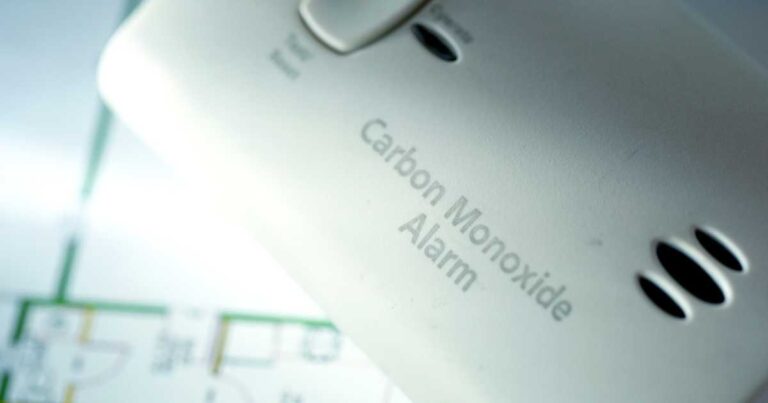In a bid to mitigate the risk of carbon monoxide (CO) poisoning, emergency response and HVACR professionals are rallying behind proposed safety standards for residential gas furnaces and boilers. Advocating for a unified approach, they've joined The National Carbon Monoxide Awareness Association (NCOAA) to urge the Consumer Product Safety Commission (CPSC) to bolster the regulations that safeguard consumers, emergency responders, and maintenance personnel.
Carbon monoxide, an odorless, colorless, lethal byproduct of burning carbon-based fuels (like methane gas), poses a significant threat to public health. The proposed safety standards aim to curtail CO emissions from residential furnaces and boilers—a crucial step to better safeguard individuals and families.




